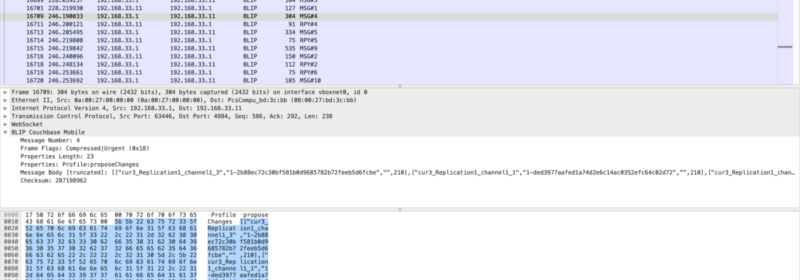Tag: network

Control Plane vs. Data Plane: An Overview of the Differences
What is a Plane (in Networking)? In networking, a “plane” refers to a distinct functional layer within the network architecture responsible for specific tasks related to network operations. Each plane focuses on a particular aspect of network functionality, helping to...

Alternate Address & Port Support for Couchbase/N1QL Clusters
In order to connect to Couchbase deployments on cloud (AWS, Azure or GCP) or Kubernetes, we support multi-addresses in the form of alternate addresses. External applications use this facility to communicate with the cluster, but not directly to the nodes....

Couchbase Lite Sync Protocol Examination via Wireshark
During the course of development it is often useful to examine what exactly is sent over the network between machines. This helps to perform tasks like finding the source of an issue or just simply understanding the conversation. Often times...

How Many Nodes? Part 4: Monitoring for Sizing
Welcome back everyone, this will be the last post in this series around sizing. In the previous posts I provided an overview of the considerations when sizing a Couchbase Server cluster, a deeper look at how various features/versions affect this...

How Many Nodes? Part 3: Hardware considerations
The first two parts of this series covered an overview of the 5 factors of sizing a Couchbase Server cluster, and a more in depth look at various use cases and features and the effects they have on sizing. The...

How Many Nodes? Part 2: Sizing a Couchbase Server 2.0 cluster
In the first part of this series, I gave an overview of the 5 factors that determine the sizing of your Couchbase cluster: RAM, disk (IO and size), CPU, network and data distribution. In this second part, I want to...

How Many Nodes? Part 1: An introduction to sizing a Couchbase Server 2.0 cluster
The first part of this series gives an overview of the considerations that should be taken into account when sizing a Couchbase Server 2.0 cluster for production. The second part takes a deeper look at specific use cases and scenarios. The...